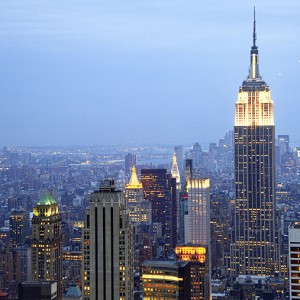
By Michael Snyder
The too big to fail banks have a larger share of the U.S. banking industry than they have ever had before. So if having banks that were too big to fail was a “problem” back in 2008, what is it today? As you will read about below, the total number of banks in the United States has fallen to a brand new all-time record low and that means that the health of the too big to fail banks is now more critical to our economy than ever. In 1985, there were more than 18,000 banks in the United States. Today, there are only 6,891 left, and that number continues to drop every single year. That means that more than 10,000 U.S. banks have gone out of existence since 1985. Meanwhile, the too big to fail banks just keep on getting even bigger. In fact, the six largest banks in the United States (JPMorgan Chase, Bank of America, Citigroup, Wells Fargo, Goldman Sachs and Morgan Stanley) have collectively gotten 37 percent larger over the past five years. If even one of those banks collapses, it would be absolutely crippling to the U.S. economy. If several of them were to collapse at the same time, it could potentially plunge us into an economic depression unlike anything that this nation has ever seen before.
Incredibly, there were actually more banks in existence back during the days of the Great Depression than there is today. According to the Wall Street Journal, the federal government has been keeping track of the number of banks since 1934 and this year is the very first time that the number has fallen below 7,000:


